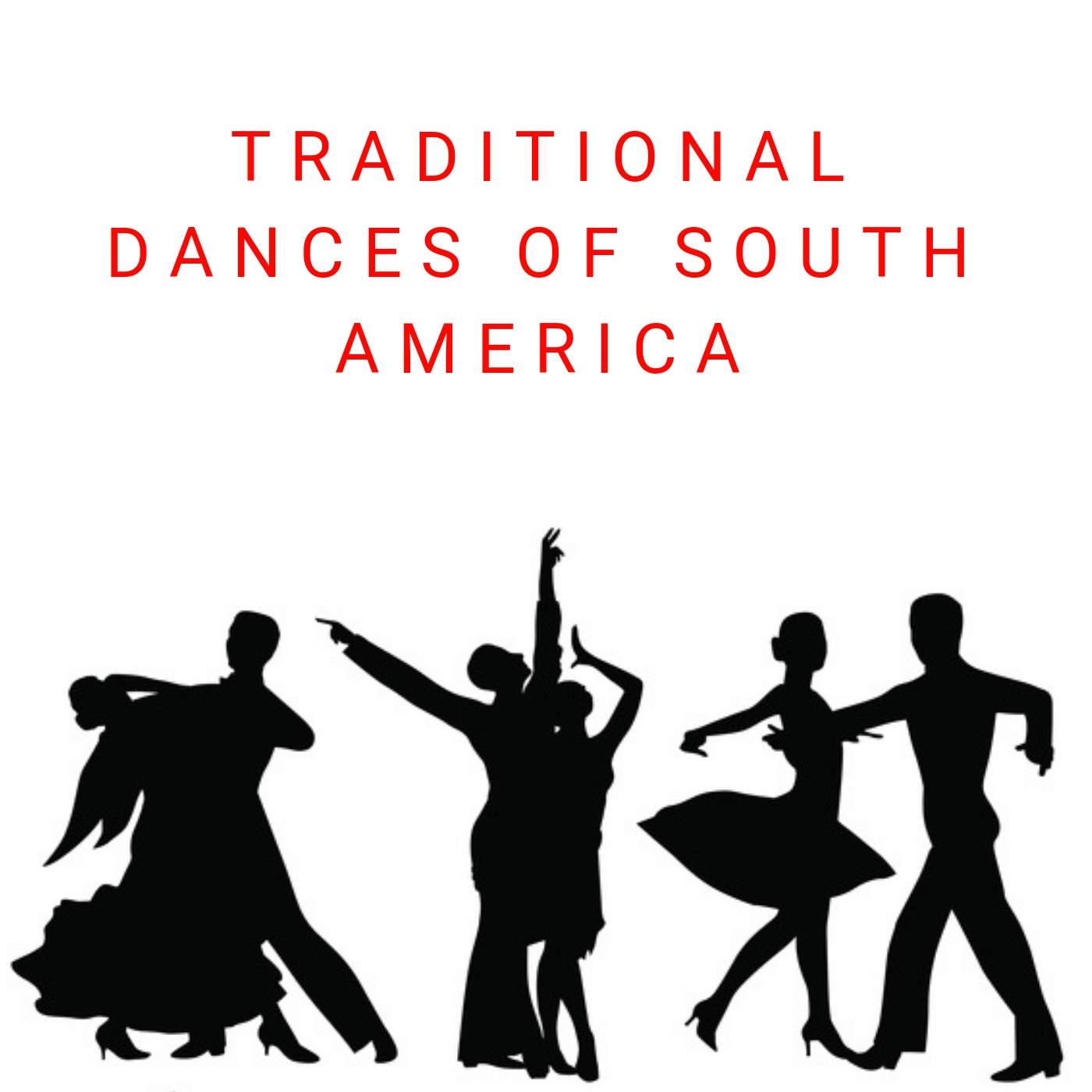
Traditional Dances of South America
South America is full of vibrant, diverse cultures with music and dances that reflect the continent's rich history and diversity. These traditional dances of South America are ingrained in the cultures of each country, with some of them gaining worldwide popularity.
Tango - Argentina
The most famous Argentinian dance, and one of the most well-known dances around the world, is the tango. Originated in Buenos Aires in the late 19th century, the tango traces back to the mass migration of Europeans, mostly Italian and Spanish men, to the shores of Argentina. The origin of this dance involves the combinations of all of these origins and more. With European instruments, like the violin and flamenco guitar, and influences from dances, such as the waltz and the polka, local Argentine folk music, the African candombe rhythms of the African community, and the popular Cuban habanera, the seductive tango was born.
The tango began as a flirtatious courting ritual between barmaids and young men in the red light districts of the newly thriving port cities of Argentina. The tango eventually reached Paris, one of the cultural centers of the world. Most Parisians were shocked at the flirtatious and seductive tango, but over the years, a cleaned up version of the tango became a fixture in the European and American dance academies and ballrooms.
Los Caporales - Bolivia
Inspired by the story of the "Caporal," who was a slave overseer in Potosi, Bolivia, los Caporales is an energetic Bolivian folklore dance dating back to the 1960s and very popular with the Afro-Boliviano community. Men dress as the Caporal, dancing while holding a whip, and the women are dressed in revealing clothing. Los Caporales has deeply religious undertones and is danced in honor of the Virgin of Socavon who was the patron saint of the slave miners. The music is heavily African-drum based and los Caporales is a high energy dance with complex steps, combined with jumping, leaping and kicking in the air.
Samba - Brazil
This famous dance that is central to every Brazilian Carnival started as a solo dance in 19th century Brazil. The origins of samba rhythm and movement can be traced back to African slave drumming and dancing on the Brazilian sugarcane plantations. The traditional dance involved shifting one's weight while keeping the upper body fairly still. The rapid, rhythmic steps and gyrating was considered obscene by the Portuguese colonists and Brazil's upper crust. The samba evolved over the decades and traveled through all sections of Brazilian society. By the 1920s, the samba was widely accepted and inspired multiple variations by region. The Samba Gafieira emerged as a partner dance and was hugely popular in Brazilian clubs and discos.
Cueca - Chile
With roots in African and local Native American cultures, the cueca is the national dance of Chile. The cueca is a courtship dance that emerged in the 19th century. The couples dance is modeled after a chicken and a rooster. The couples pursue one another and then retreat, circling around each other as they twirl a handkerchief around. The cueca dancers maintain strong eye contact throughout the entire dance.
After the Chilean army overthrew the government in 1973, la cueca became a form of political protest against the dictator Augusto Pinochet. Many of the mothers, wives and spouses of kidnapped Chileans would dance la cueca as a solo dance, highlighting the loss of their partners. It drew international attention to the human rights crisis happening under Pinochet's regime.
Cumbia - Colombia
Cumbia is a folkloric rhythm and courtship dance hailing from Colombia. The Cumbia emerged around the 17th century and features a mixture of African and European instruments and movements. In this traditional dance of Colombia, the rhythmic beat relies on percussive instruments such as drums and claves and the dancers dress mostly in white with a red handkerchief as a prop. The men carry candles as the partners form a circle, dancing as they try to win over the women. The women wave their long skirts and the men hand the women a candle in this elaborate traditional courtship ritual.
Pasillo - Ecuador
The Pasillo is a down-tempo dance influenced by the Viennese waltz and the Spanish paso doble of the European immigrants. Dating back to the 19th century, the dance is performed along with a guitar and a woodwind instrument called the rondin, with other instruments sometimes used. The lyrics for pasillo are sentimental and the dance is a poetic expression of that.
Marinera - Peru
The Marinera is Peru's graceful and flirtatious national dance. The courtship dance has its roots in the Spanish fandango and the African zamacueca, emerging in Peru around the 19th century. The women wear an embroidered skirt and use a handkerchief to tease and flirt with their dance partners, all the while avoiding physical contact during their elaborate dance. There are many variations from region to region. The Nortena dance from northwestern Peru is accompanied by a full brass band and the women dance barefoot - a feat that takes much practice and strength.
Danza de la Botella - Paraguay
Danza de la Botella, also known as the Bottle Dance, is a traditional dance of Paraguay. The Danza de la Botella is performed women dancers balancing bottles on their heads one by one. The dancers skillfully balance multiple bottles on their head as they dance and move to the Spanish guitar and harp.
Candombe - Uruguay
The Candombe rhythm and dance of Uruguay is influenced by descendents of African slaves with Bantu roots. The candombe dance emerged in the late 18th century and its complex choreography features rhythmic, freely improvised steps and energetic movements. The candombe rhythm consists of three drums known as tambors: tambor piano, tambor repique and tambor chico.
Joropo - Venezuela
The national dance of Venezuela, the joropo is a lively partner dance done to a syncopated beat of maracas and a four stringed guitar known as the cuatro. The dance and music is influenced by the Spanish who settled in Venezuela and features vocal improvisation. There are many variations of the dance such as Corrido Tuyero and Golpe Aragueno. The joropo is still popular around Venezuela and danced at balls and parties around the country.
